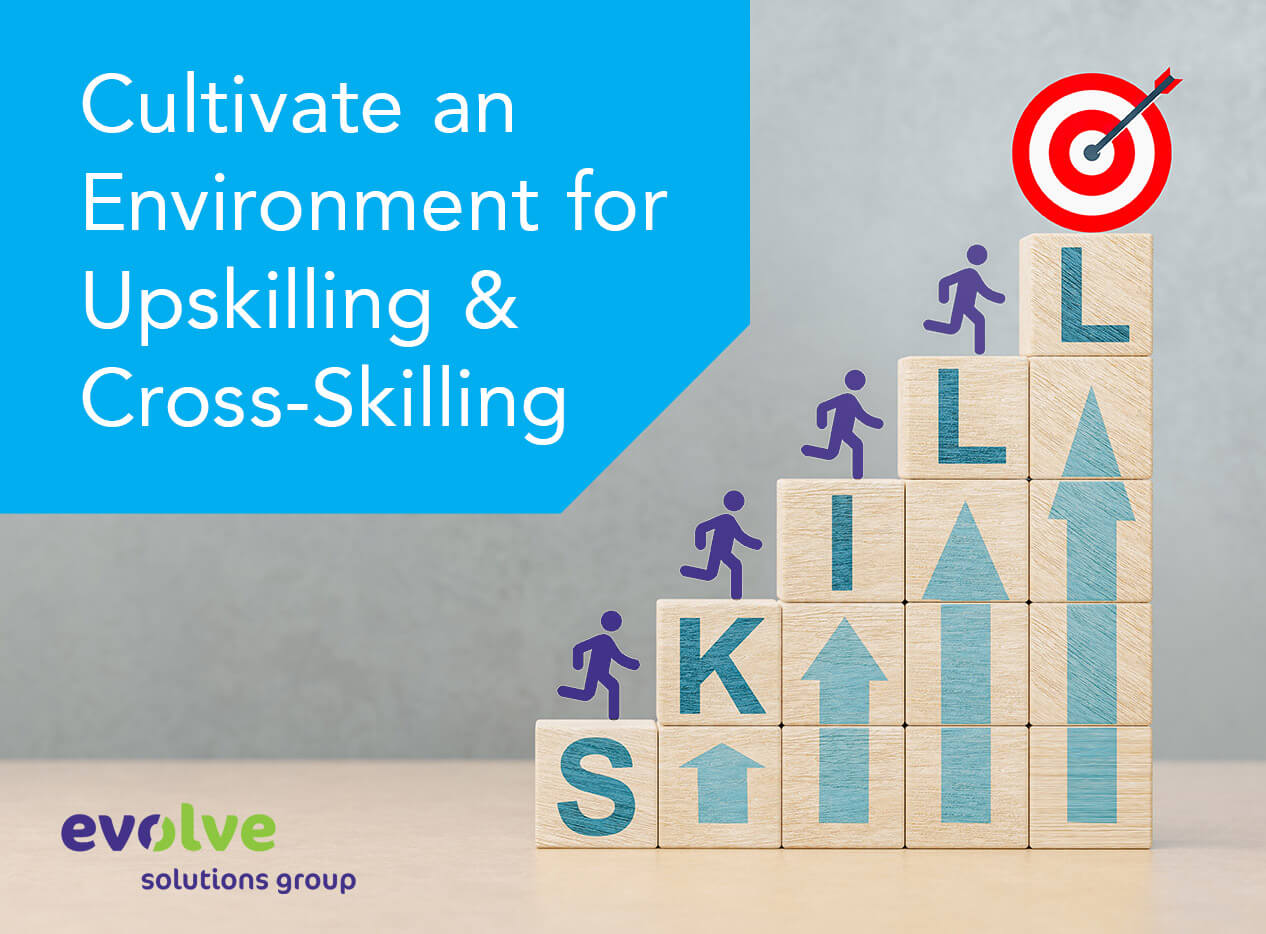Technology and industry trends develop at a rapid pace, meaning that organizations face a constant challenge to stay ahead of the learning curve. The key to an organization’s success in keeping up most often lies in its commitment to continuous learning. Prioritization of ongoing skill development for those within the organization helps to cultivate a learning mindset, allowing the organization to not only stay in the race, but in some cases outpace their competition.
The Importance of a Learning Environment
When learning is ingrained in an organization’s DNA, employees feel empowered to learn and embrace personal development as an integral part of their professional growth. An openness to learning creates a safe learning environment to ask questions, seek knowledge, and work through new ideas, encouraging collaboration throughout the organization and the exploration of diverse resources.
Learning can and should become integrated with daily work routines, ensuring it becomes an easily accessible and ongoing process, rather than a series of sporadic learning activities. This can be done through micro-learning such as short videos and infographics for just-in-time learning, performance support tools (like job aids, checklists, or reference guides), or regular feedback loops and quizzes, in addition to regular training (like webinars and professional courses).
Leadership’s Role in Cultivating a Learning Mindset
A culture of continuous learning starts from the top, with leaders actively promoting and encouraging a thirst for knowledge and growth. By demonstrating a personal commitment to ongoing learning and development, they can set an example for their team, maybe even inspiring them to follow suit. Leaders need to champion learning initiatives and invest in employee development to establish an environment where curiosity, innovation, and growth are celebrated.
Upskilling and Cross-Skilling
It’s essential to understand the distinction between upskilling and cross-skilling. Upskilling involves enhancing existing skills to meet the demands of current roles, whereas cross-skilling focuses on acquiring new skills to diversify and adapt to changing tasks and responsibilities.
By emphasizing upskilling initiatives, organizations empower their workforce to adapt to technological advancements, industry trends, and changing job roles. Upskilling enables employees to take on more challenging tasks, leading to personal and professional growth, while future-proofing their careers in an ever-changing landscape. Organizations can offer specific training programs, encourage additional certifications, provide mentoring and coaching, and create learning paths to accomplish this.
Cross-skilling can help create a more versatile workforce, capable of transitioning between different job functions or departments. This not only enhances operational flexibility and efficiency, but also mitigates risks associated with talent shortages or any sudden changes in business needs. Moreover, cross-skilling fosters collaboration and knowledge-sharing among team members, leading to a more cohesive and resilient organizational culture. Overall, prioritizing cross-skilling initiatives like cross-departmental training, project-based learning, or even job rotations, equips employees with a broader skill set, enabling them to tackle challenges with agility and adaptability.
Benefits of Continuous Learning for Employees
Continuous learning offers employees avenues for both personal and professional growth. By providing the environment and opportunities for learning, organizations empower individuals to expand their skillsets. As employees acquire new knowledge and skills, they are better equipped to navigate complex tasks, can perform their roles more efficiently, and contribute meaningfully to their teams and organizations. This can lead to improved job performance and increased confidence in tackling new challenges. Continuous learning enables them to adapt to industry changes with agility, ensuring they remain competitive and valuable assets to the organization.
Overall, continuous learning shouldn’t be a means to an end, but a fundamental driver of individual and organizational success. In today’s rapidly changing world, organizations that prioritize learning future-proof themselves by fostering a workforce better equipped to adapt, innovate, and thrive.

